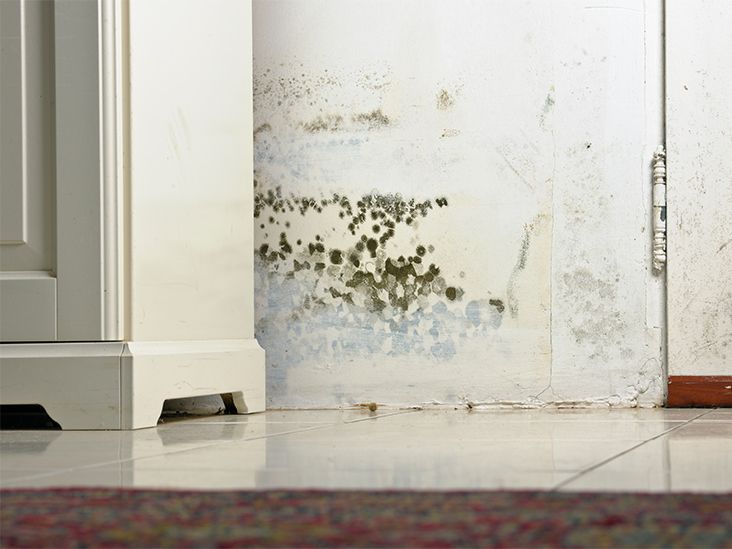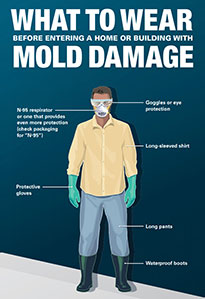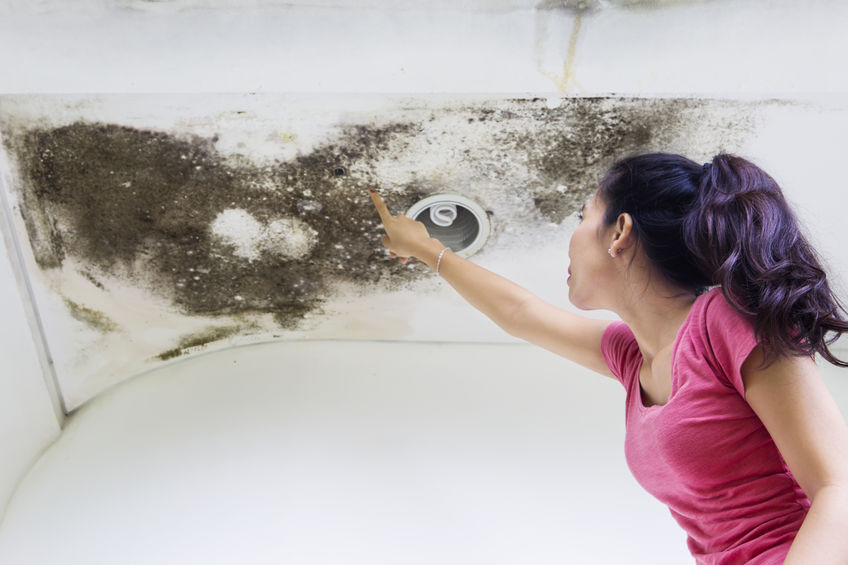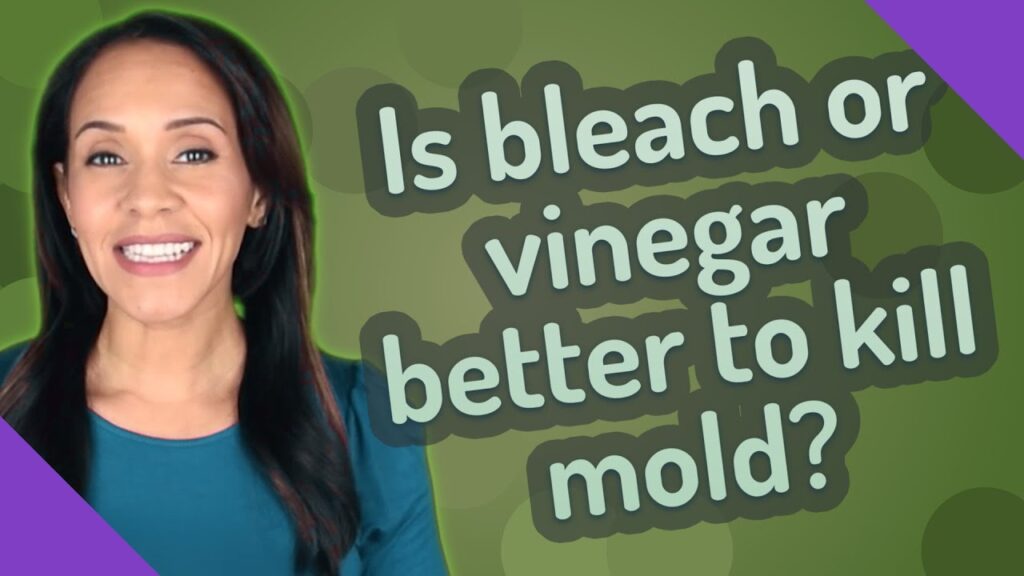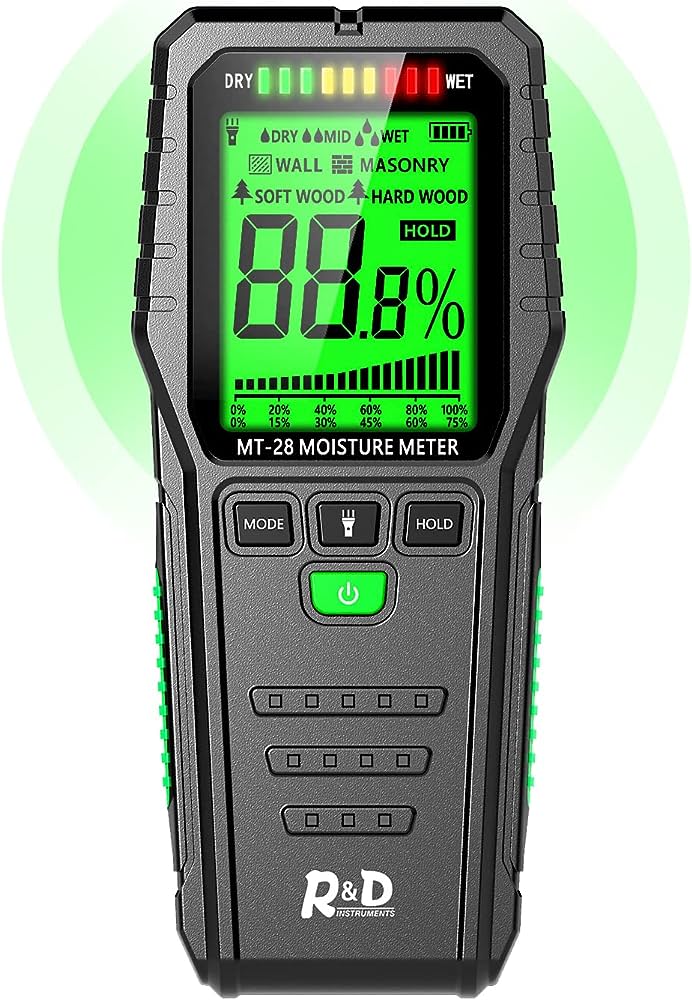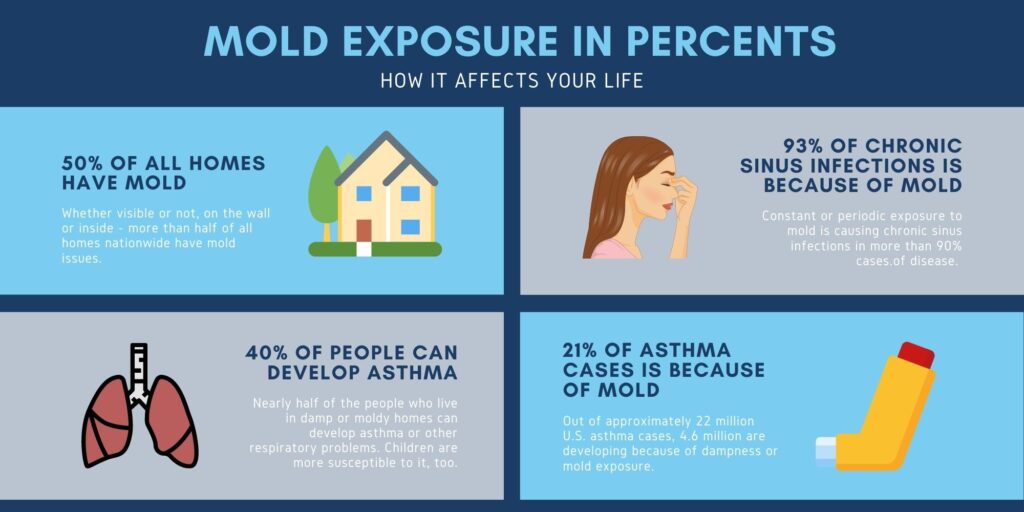If you’ve ever had to deal with mold growth in your home or office, you know how stubborn and persistent it can be. But fear not, because there’s hope! In this article, you’ll discover the ultimate secret to permanently eliminating mold. No more battling it over and over again, only to have it reappear with a vengeance. Say goodbye to your moldy woes and hello to a mold-free environment. Stick around and find out what really gets the job done when it comes to banishing mold for good.
What Permanently Kills Mold?
Mold is a stubborn and persistent problem that can wreak havoc on your home. It not only causes structural damage but also poses serious health risks to you and your family. Therefore, it is essential to understand the different methods available for mold removal and prevention. In this article, we will explore various strategies, both chemical and natural, to permanently kill mold and prevent its regrowth.
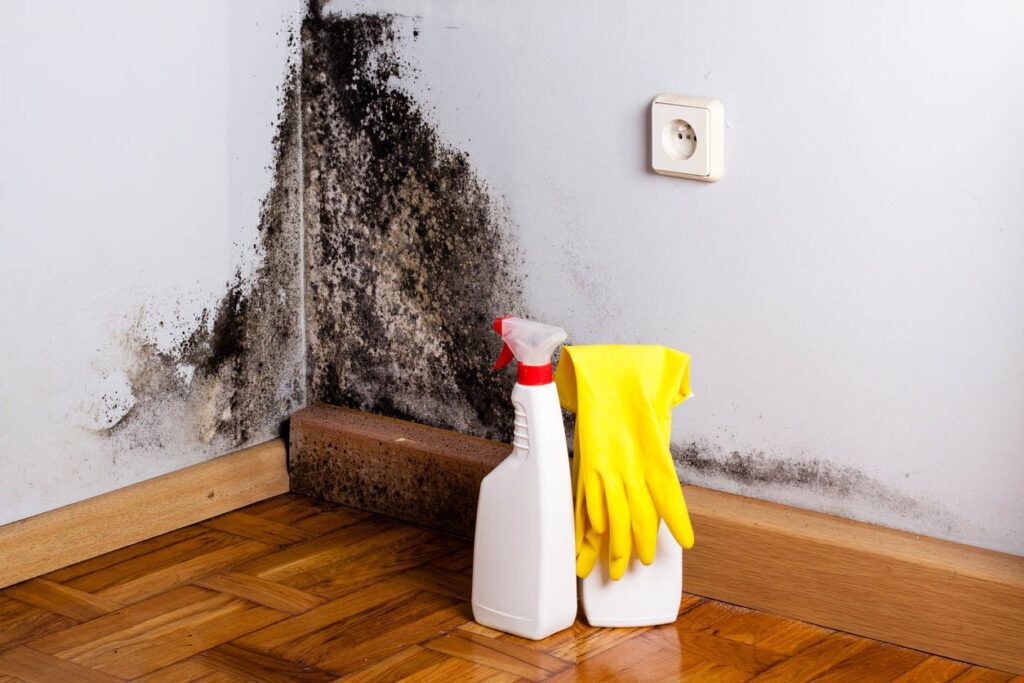

Understanding the Mold Problem
Before we delve into the solutions, it is crucial to understand the nature of the mold problem. Mold is a living organism that thrives in damp and humid environments. It spreads through spores that can settle on various surfaces, such as walls, ceilings, floors, and even furniture. It feeds on organic materials like wood, fabric, and paper, breaking them down for nutrients. To effectively kill mold, it is essential to address the underlying factors that contribute to its growth.
Common Mold Remediation Methods
When it comes to mold removal, there are several common methods employed. One of the most common approaches is the use of bleach. While bleach can effectively kill surface mold, it may not eliminate the spores and roots embedded in porous materials. Additionally, bleach has harmful fumes and can damage certain surfaces.
Another widely used method is the application of commercial mold removal products. These products often contain chemicals such as hydrogen peroxide or quaternary ammonium compounds. While they can be effective, it is important to follow the instructions carefully and ensure proper ventilation during the process.
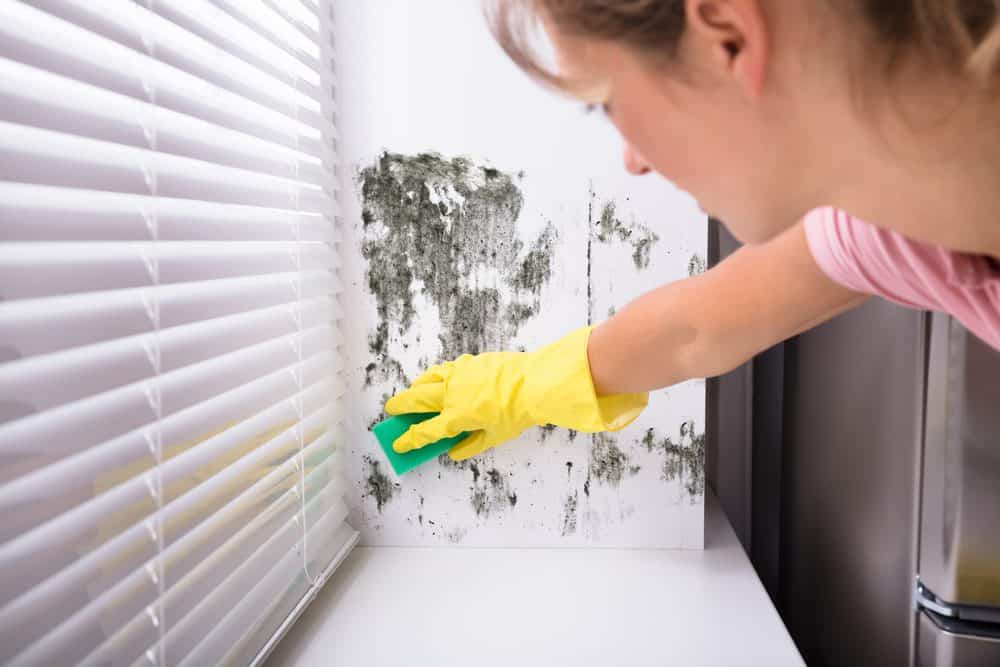

Chemical Solutions for Mold Removal
Chemical solutions can provide effective mold removal when used correctly. One of the most effective chemicals for killing mold is borax. Borax is a natural mineral that can be mixed with water to create a solution that destroys mold on various surfaces. It also helps prevent future mold growth.
Another chemical option is hydrogen peroxide, which is readily available in most households. Hydrogen peroxide can effectively kill mold on non-porous surfaces when applied directly. However, it may not be as effective on porous materials.
Natural Remedies for Mold Elimination
If you prefer to use natural remedies, there are several options available for mold elimination. Vinegar, for instance, is a versatile and affordable solution. Its acidic nature enables it to kill over 80% of mold species. Simply dilute white vinegar with water and spray it onto the affected surfaces. However, vinegar may not be as effective on porous surfaces.
Tea tree oil is another natural remedy known for its antifungal properties. Mixing a teaspoon of tea tree oil with a cup of water creates a potent solution to kill mold. A bonus is its pleasant aroma, which helps combat any musty odor associated with mold growth.
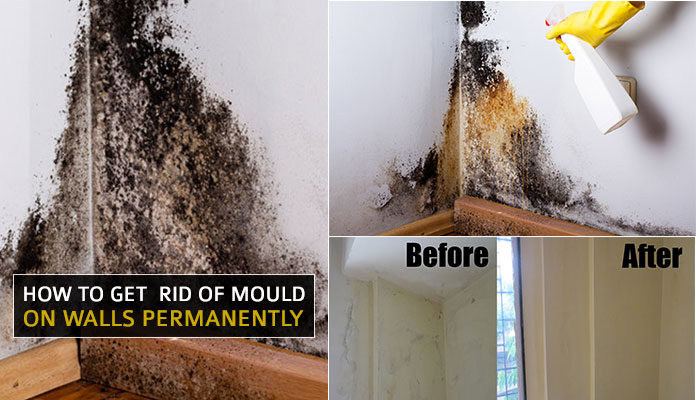

Preventive Measures to Stop Mold Growth
While knowing how to kill mold is crucial, preventing its growth is equally important to ensure a mold-free environment. Here are some preventive measures you can take:
- Keep humidity levels in check by using dehumidifiers or air conditioners.
- Ensure proper ventilation in bathrooms, kitchens, and other moisture-prone areas.
- Promptly repair any leaks or water damage in your home.
- Use mold-resistant products for construction or renovation, such as mold-resistant drywall or paint.
- Regularly clean and dry shower curtains, bathroom tiles, and other surfaces prone to moisture.
By addressing these preventive measures, you can significantly reduce the chances of mold growth and minimize the need for mold removal in the future.
The Role of Temperature and Humidity in Mold Growth
Temperature and humidity play a vital role in mold growth. Mold tends to thrive in environments with temperatures between 77°F and 88°F (25°C and 31°C) and relative humidity levels above 60%. Therefore, it is essential to maintain proper temperature and humidity control in your home.
Using a hygrometer, you can monitor the humidity levels and take appropriate measures to reduce them if necessary. Ensuring proper ventilation and utilizing air conditioners or dehumidifiers can help maintain optimal humidity levels and deter mold growth.
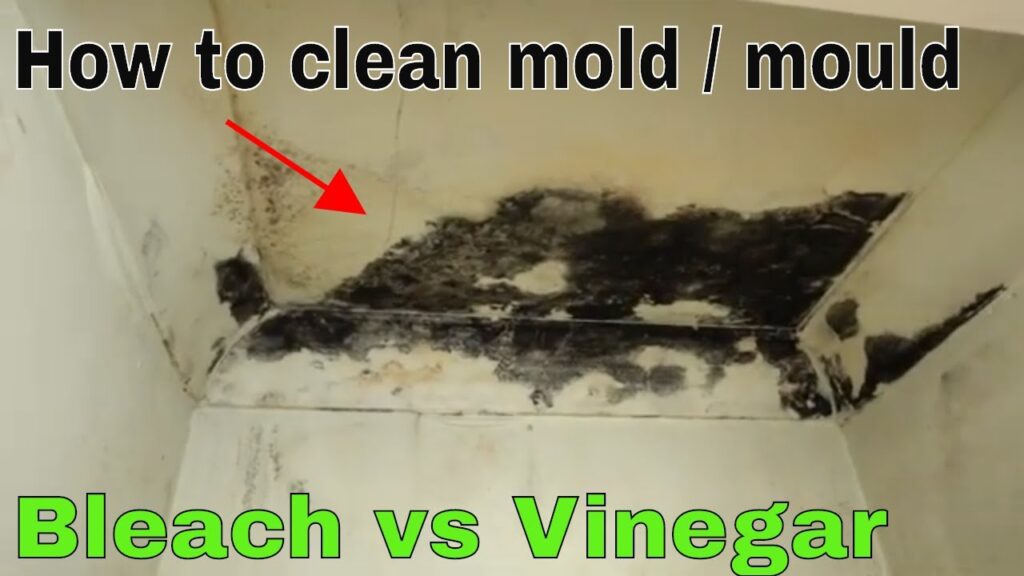

Effects of Ultraviolet (UV) Light on Mold
Ultraviolet (UV) light has long been recognized for its ability to kill bacteria and fungi. When exposed to UV light, mold spores and cells can be destroyed, preventing further growth. UV light can be used as an additional measure to combat mold in areas prone to high moisture, such as basements and bathrooms.
However, it is important to note that UV light is most effective on non-porous surfaces and may not penetrate deeply into porous materials where mold can hide. Therefore, it should be used in conjunction with other mold remediation methods for optimal results.
Using High Heat to Kill Mold
High heat can be an effective method to kill mold. Mold thrives in temperatures that are comfortable for humans, so subjecting it to higher temperatures can inhibit its growth. Professional mold remediation services often use techniques such as heat treatment to eradicate mold.
For localized mold problems, using a heat gun or hairdryer on the highest setting can help kill surface mold. However, caution must be exercised to avoid damaging sensitive materials or causing fire hazards. Always follow safety guidelines and refer to professional services for larger-scale mold remediation.
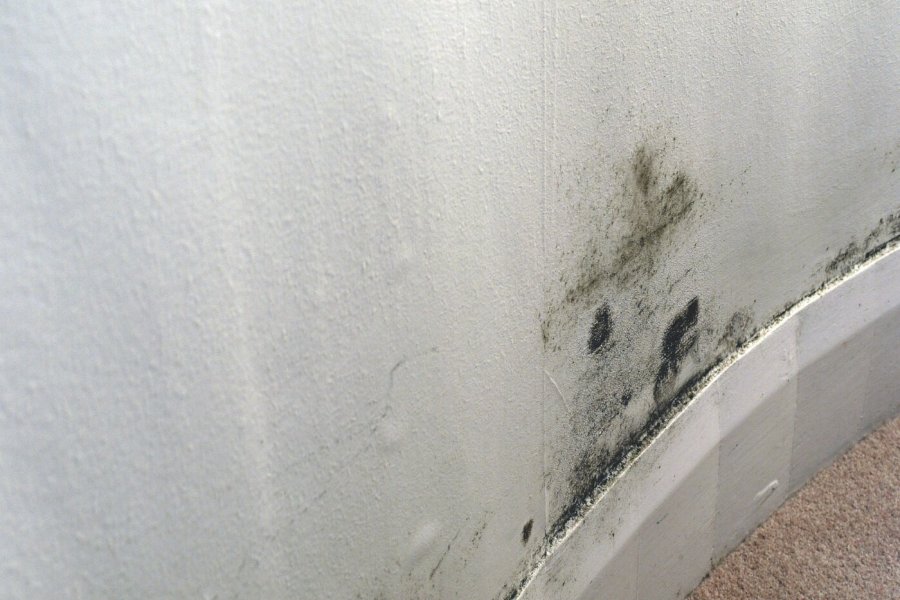

Disposing of Moldy Materials Safely
When dealing with mold-infested materials, it is essential to handle the disposal properly to prevent further contamination. Porous materials like carpets, drywall, or fabric affected by mold may need to be discarded. Double-bagging the moldy materials in heavy-duty plastic bags and ensuring their proper disposal can help prevent the spread of mold spores.
It is important to note that certain materials, like asbestos-containing products, may require specialized handling procedures due to their potential health risks. Consulting with professional mold remediation services or local authorities can guide you in the proper disposal methods for specific materials.
Professional Mold Remediation Services
While DIY methods can be effective for minor mold problems, severe or extensive mold infestations may require the expertise of professional mold remediation services. They possess the necessary equipment, knowledge, and experience to assess the extent of the mold issue and provide effective solutions.
Professional mold remediation services can conduct thorough inspections, identify the root causes of mold growth, and implement comprehensive remediation plans. They utilize advanced techniques and specialized equipment, such as air scrubbers and containment systems, to safely remove mold and prevent its recurrence.
In conclusion, permanently killing mold requires a multifaceted approach that addresses the underlying causes and employs appropriate removal methods. Whether using chemical solutions or natural remedies, it is crucial to follow safety guidelines and consider the specific requirements of different surfaces and materials. By adopting preventive measures and seeking professional assistance when needed, you can effectively combat mold and enjoy a mold-free living environment.


